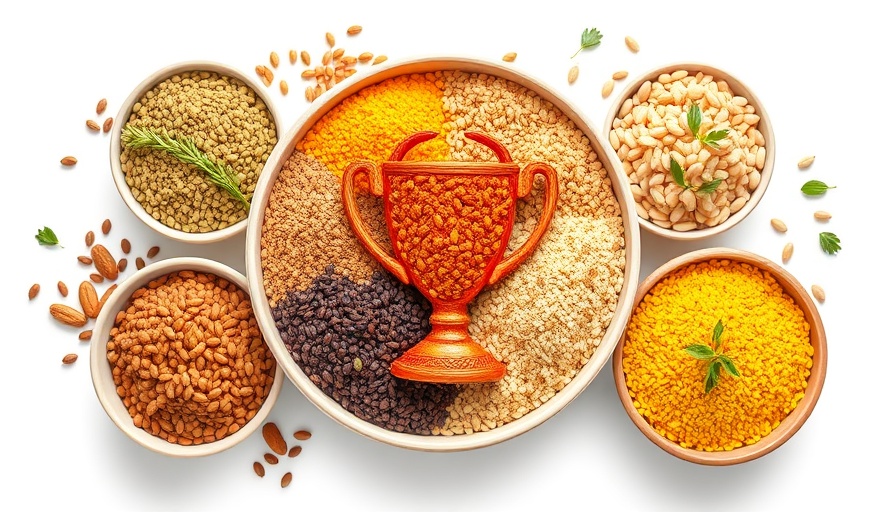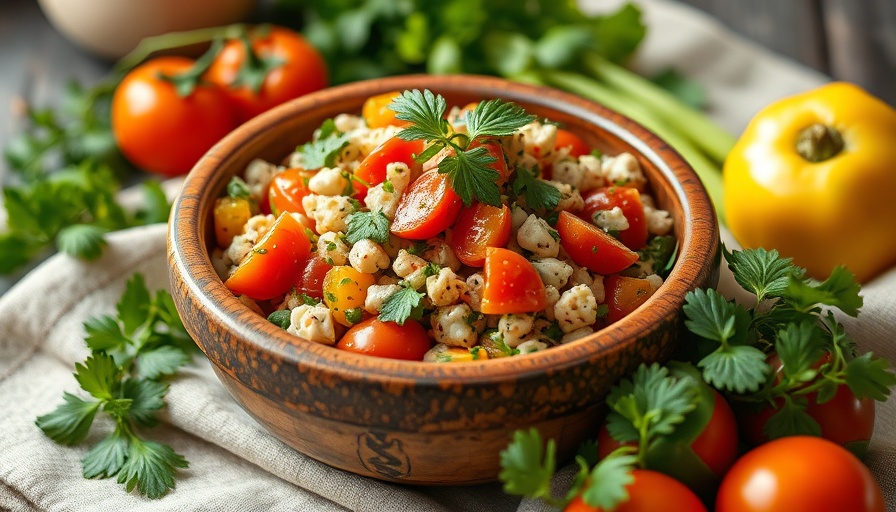
Introducing Lebanese Stuffed Peppers: A Plant-Based Delight
Lebanese stuffed peppers, known as flayfleh mahshiyeh, are a beautiful fusion of flavors and textures, offering a comforting dish perfect for any family dinner or gathering. Imagine the warm aroma of tender bell peppers, filled to the brim with aromatic spices, rice, and lentils, all bubbling away in a rich tomato sauce. This vegan twist on a classic dish not only helps to preserve memories of childhood meals but also supports a healthier and more sustainable lifestyle.
Unpacking the Flavors of Mahshi Cuisine
In Lebanese culture, mahshi refers to a variety of stuffed vegetables, including cabbage rolls, eggplants, and zucchinis. The tradition symbolizes hospitality and family unity as generations come together to prepare these delightful meals. The stuffed peppers are particularly endearing, with their vibrant colors and filling combinations that leave diners wanting more. The marriage of rice and lentils not only provides an excellent source of plant-based protein but is also packed with fiber, making this dish a nutritional powerhouse.
Gathering Ingredients: A Mindful Approach
As you embark on creating this dish, consider the freshness of your ingredients. Using firm, brightly colored bell peppers adds not only visual appeal but contributes unique flavors that can change the entire experience. Opting for basmati rice ensures that your stuffed peppers have a perfect texture, while ingredients like pine nuts elevate the overall taste without overwhelming the natural goodness of the vegetables.
Cooking Method: The Heart of the Recipe
To prepare the peppers, start by cutting off the tops and removing the seeds and membranes. This step sets the stage for stuffing. Sauté the onion, carrot, and garlic in olive oil before mixing in your lentils and rice. A tip from experienced cooks: loosely pack the filling into the peppers to allow for even cooking. This helps prevent a soggy texture while enhancing the flavors.
Steaming for Tender Bliss
As the stuffed peppers bake, the steam from the tomato sauce creates a tender bite. Baking them at a moderate temperature helps the flavors meld beautifully while keeping the peppers crisp and delightful to eat. Be sure to let them rest before serving; this allows the flavors to deepen and achieve perfect harmony.
Storage Tips and Beyond
One of the remarkable aspects of these stuffed peppers is their longevity. They freeze well, making them an ideal meal prep option for busy weeks. Store them upright in snap-lock bags or airtight containers after cooling, and they can be enjoyed for up to three months. Reheating is a breeze—simply thaw and bake, bringing back the comforting aroma.
What Makes These Peppers a Great Choice?
Eating vegan and plant-based isn't just about what you don't eat; it's about exploring new culinary delights that fill your plate with vibrant, wholesome goodness. Lebanese stuffed peppers are not only satisfying, but they embody sustainability—a crucial consideration in the modern world.
Next time you're looking for a comforting meal that supports both your health and the environment, look no further than these delightful stuffed peppers. Give them a try and experience the flavors of a home-cooked Lebanese meal while fostering a sustainable diet!
 Add Row
Add Row  Add
Add 




Write A Comment